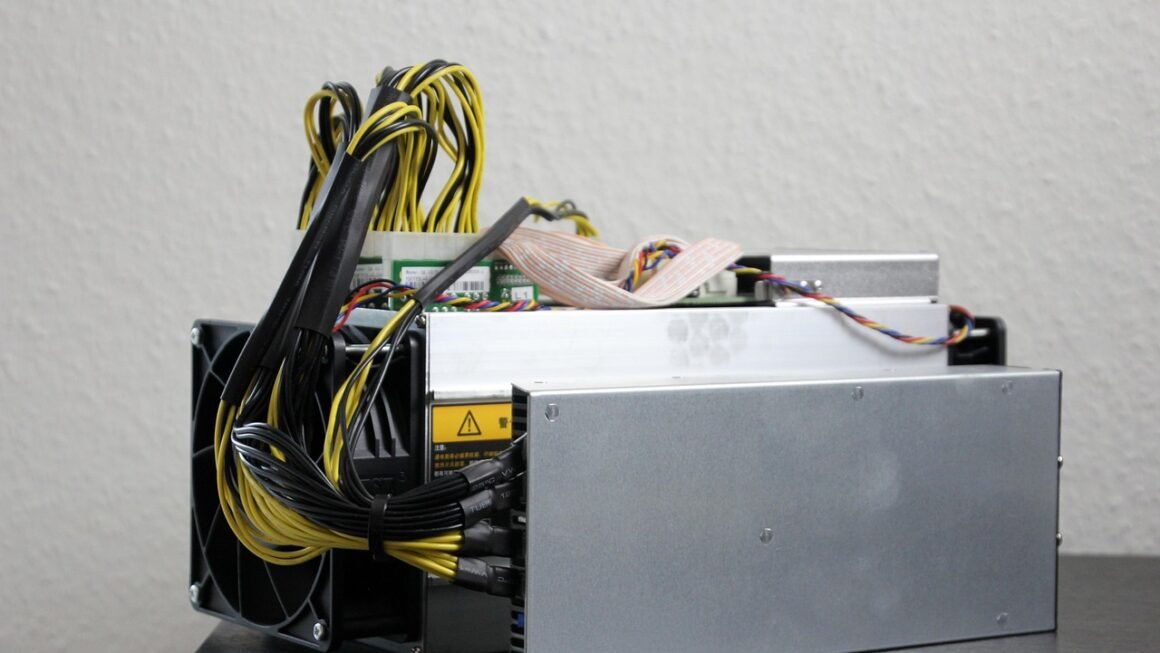Web3, often touted as the next iteration of the internet, promises a decentralized and user-centric digital landscape. It’s more than just a buzzword; it represents a fundamental shift in how we interact with the online world, moving away from centralized platforms towards a more equitable and transparent system. This blog post dives deep into the world of Web3, exploring its core principles, key technologies, practical applications, and potential impact on various industries.
What is Web3?
Defining Web3: Decentralization and Beyond
Web3 is characterized by its decentralized nature, leveraging blockchain technology and other peer-to-peer networks to distribute power away from large corporations. Unlike Web2, where user data and content are often controlled by a few dominant companies, Web3 aims to give individuals greater control over their information and digital assets.
- Decentralization: Data and applications are distributed across a network of computers, making it more resistant to censorship and single points of failure.
- User Ownership: Users have more control over their data and can own digital assets like cryptocurrencies and NFTs.
- Transparency: Blockchain technology provides a transparent and auditable record of transactions and interactions.
- Trustless Systems: Web3 aims to minimize the need for trusted intermediaries, using smart contracts to automate agreements and processes.
How Web3 Differs from Web1 and Web2
Understanding the evolution of the internet is crucial to grasp the significance of Web3:
- Web1 (1990s-2000s): The “read-only” web, primarily consisting of static HTML pages. Users were mostly consumers of information. Interaction was limited.
- Web2 (2000s-Present): The “read-write” web, characterized by interactive social media platforms, user-generated content, and centralized data control. However, this also led to concerns about privacy, data manipulation, and the dominance of a few tech giants.
- Web3 (Present-Future): The “read-write-own” web, built on blockchain technology, aims to return control to users through decentralization, user ownership of data and assets, and verifiable trust.
Key Technologies Powering Web3
Blockchain Technology: The Foundation of Decentralization
Blockchain is a distributed, immutable ledger that records transactions across a network of computers. It’s the backbone of many Web3 applications, providing security, transparency, and decentralization.
- Practical Example: Cryptocurrencies like Bitcoin and Ethereum are built on blockchain technology, enabling secure and transparent digital transactions without the need for a central authority.
- Smart Contracts: Self-executing contracts written in code and stored on the blockchain. They automatically enforce the terms of an agreement when predetermined conditions are met. This reduces the need for intermediaries.
Cryptocurrencies and Tokens: Fueling the Web3 Economy
Cryptocurrencies and tokens are digital assets that can be used for transactions, governance, and rewarding participants within Web3 ecosystems.
- Utility Tokens: These tokens grant access to specific features or services within a Web3 platform. For example, a utility token might be required to participate in a decentralized autonomous organization (DAO).
- Governance Tokens: Allow holders to participate in the decision-making processes of a Web3 project, such as voting on proposals or suggesting new features.
- Security Tokens: Represent ownership in an asset, such as equity in a company. These tokens are subject to securities regulations.
Decentralized Applications (dApps): The Building Blocks of Web3
dApps are applications that run on decentralized networks, leveraging blockchain technology to provide secure, transparent, and censorship-resistant services.
- Example: Decentralized Finance (DeFi): dApps like Aave and Compound offer lending and borrowing services without traditional financial intermediaries.
- Example: Decentralized Social Media: Platforms like Mastodon and Peepeth offer censorship-resistant alternatives to centralized social media networks.
Real-World Applications of Web3
Decentralized Finance (DeFi): Reimagining Financial Services
DeFi aims to recreate traditional financial services, such as lending, borrowing, and trading, on a decentralized blockchain network.
- Benefits of DeFi:
Greater accessibility to financial services for underserved populations.
Lower fees compared to traditional financial institutions.
Increased transparency and security through blockchain technology.
Potential for higher returns through yield farming and other DeFi strategies.
Non-Fungible Tokens (NFTs): Tokenizing Digital Assets
NFTs are unique digital assets that represent ownership of items such as artwork, music, collectibles, and virtual land.
- Use Cases of NFTs:
Digital Art: Artists can sell their work directly to collectors, bypassing traditional galleries and auction houses.
Gaming: In-game items can be tokenized as NFTs, allowing players to truly own their assets and trade them on marketplaces.
Real Estate: Tokenizing real estate can fractionalize ownership, making it more accessible to a wider range of investors.
- Practical Example: A digital artist mints their artwork as an NFT and sells it on a platform like OpenSea. The buyer now owns the unique digital asset and can display it in a virtual gallery or resell it.
Decentralized Autonomous Organizations (DAOs): Community-Led Governance
DAOs are organizations run by rules encoded in smart contracts, allowing members to participate in decision-making processes and control the organization’s resources.
- Benefits of DAOs:
Increased transparency and accountability.
Democratic governance and community ownership.
Efficient decision-making through automated processes.
- Practical Example: A DAO can be used to manage a decentralized investment fund, allowing members to vote on investment decisions and share in the profits.
Challenges and Future of Web3
Scalability Issues
One of the biggest challenges facing Web3 is scalability. Blockchain networks can be slow and expensive, especially when processing a high volume of transactions.
- Solutions: Layer-2 scaling solutions like Polygon and Optimism are being developed to improve the speed and efficiency of blockchain networks.
Security Concerns
Web3 applications are vulnerable to security breaches, such as smart contract exploits and phishing scams.
- Solutions: Auditing smart contracts and implementing robust security protocols are essential to protect users and their assets. User education about potential scams and security best practices is also crucial.
Regulatory Uncertainty
The legal and regulatory landscape surrounding Web3 is still evolving, creating uncertainty for businesses and investors.
- Actionable Advice: Stay informed about the latest regulations and seek legal advice to ensure compliance.
The Future of Web3
Despite the challenges, Web3 has the potential to revolutionize the internet and create a more equitable and user-centric digital world.
- Expected Growth: Increased adoption of blockchain technology and cryptocurrencies is expected to drive the growth of the Web3 ecosystem.
- New Applications: We can expect to see innovative new applications emerge in areas such as decentralized social media, supply chain management, and digital identity.
Conclusion
Web3 represents a paradigm shift in the way we interact with the internet. While still in its early stages, it offers the promise of a more decentralized, transparent, and user-owned digital future. Understanding the core principles, key technologies, and potential applications of Web3 is crucial for anyone looking to navigate and participate in this evolving landscape. As the technology matures and adoption increases, Web3 has the potential to transform industries and empower individuals in ways that are only beginning to be imagined. The future of the internet is being built now, and Web3 is at the forefront.



